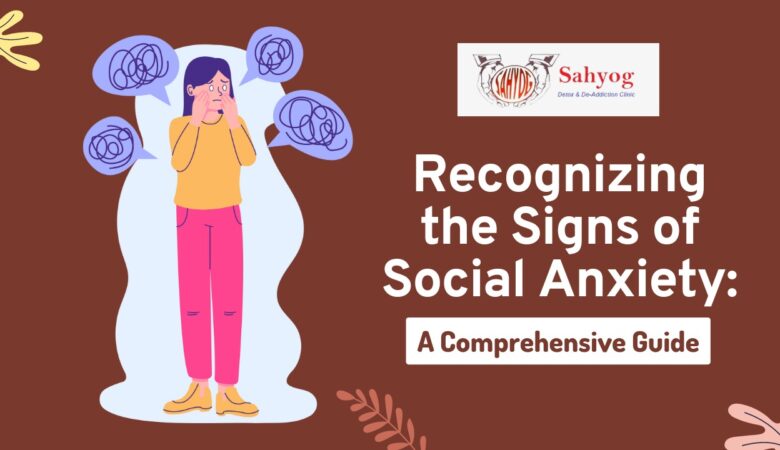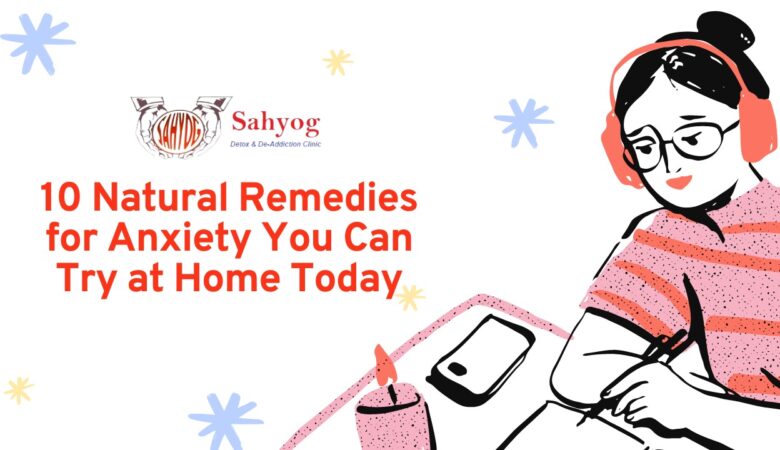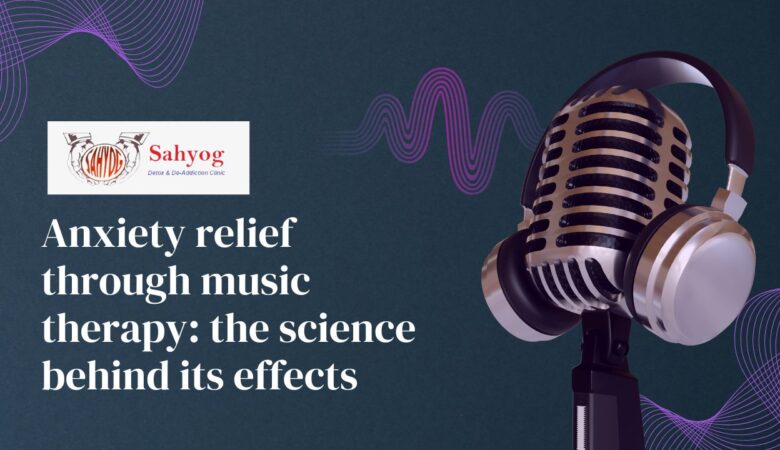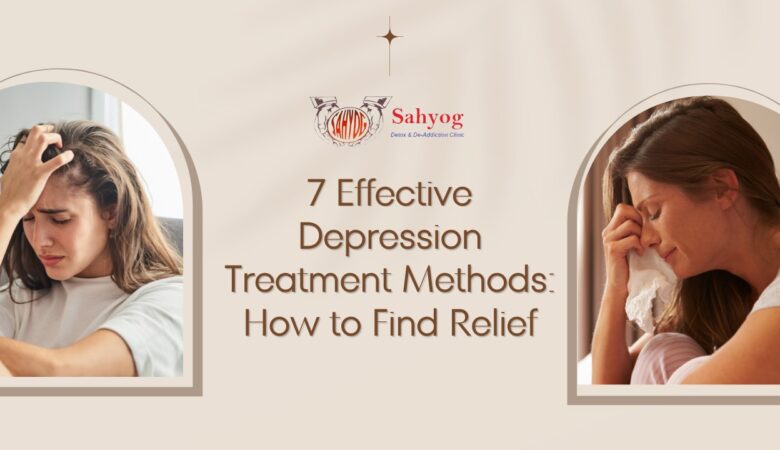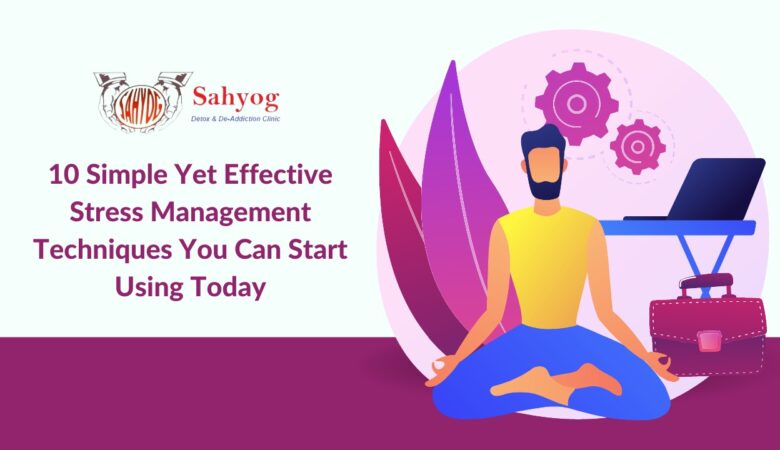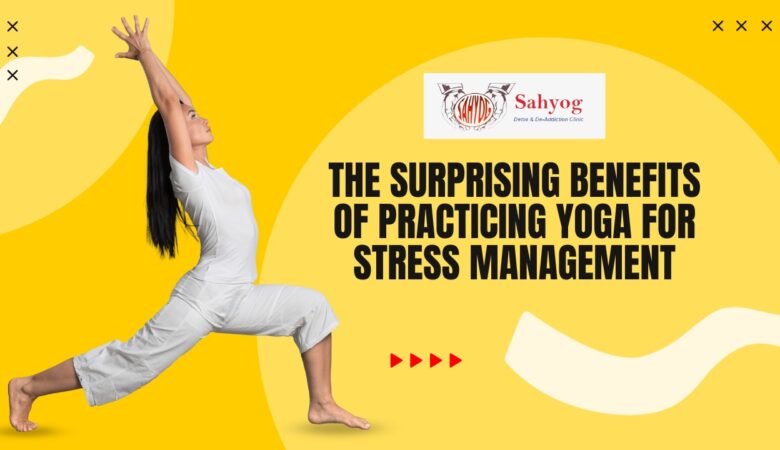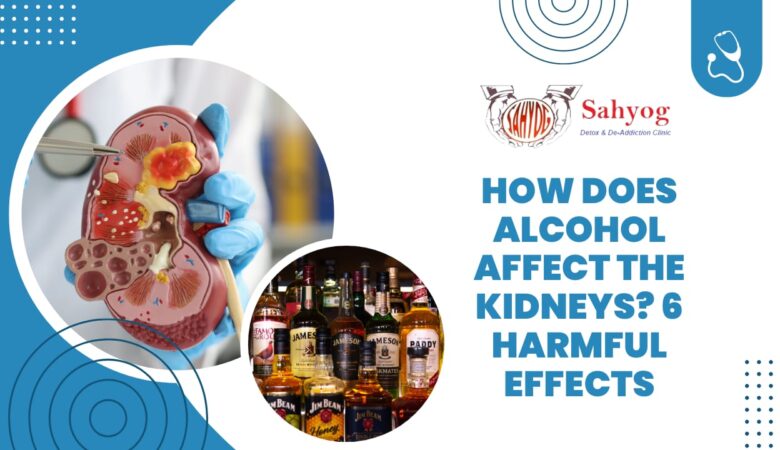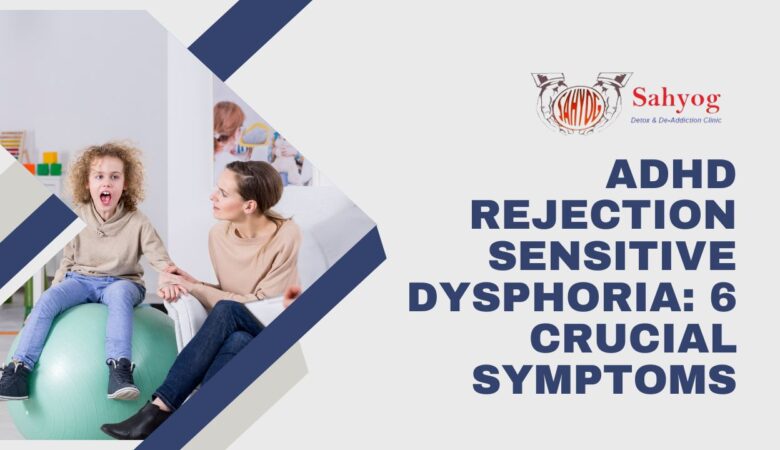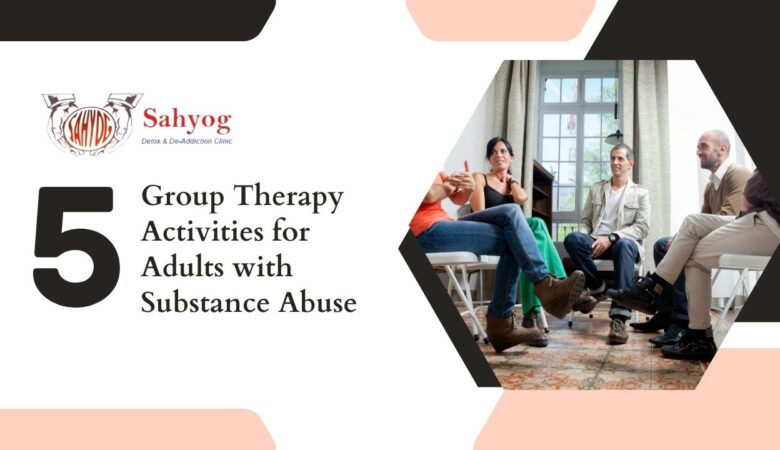Recognizing the Signs of Social Anxiety: A Comprehensive Guide
Introduction Do you struggle with social situations? Does the thought of speaking in public or meeting new people cause your heart to race and palms to sweat? You’re not alone. Social anxiety affects millions of people worldwide, making everyday interactions a source of stress and discomfort. But recognizing the signs of social anxiety is the first step towards overcoming it. In this comprehensive guide, we’ll dive into what social anxiety is, its symptoms, causes, treatments, and how to live with it. So sit back, relax (we promise no awkward small talk), and let’s explore together! What is Social Anxiety? Social anxiety, also known as social phobia, is a mental health disorder that causes intense fear and discomfort in social situations. People with this condition often experience excessive self-consciousness and worry about being judged or scrutinized by others. Social anxiety can manifest in different ways for different people. Some may feel anxious in large groups or public speaking situations, while others may struggle with one-on-one interactions or even just making eye contact. Living with social anxiety can be incredibly difficult as it can severely interfere with daily functioning and lead to avoidance of certain situations altogether. It is important to note that social anxiety is not the same as shyness – while many shy individuals may experience feelings of nervousness during social interactions, they are able to function well overall. If you suspect that you or someone you know may have social anxiety, it is important to seek out professional help from a qualified therapist who specializes in treating this condition. With proper treatment and support, individuals with social anxiety can learn coping strategies and techniques to manage their symptoms effectively. Signs and Symptoms of Social Anxiety Social anxiety is a common mental health condition that affects millions of people worldwide. It’s characterized by an intense fear or discomfort in social situations, which can lead to avoidance behavior and significant distress. Here are some of the most common signs and symptoms of social anxiety: Physical Symptoms: People with social anxiety may experience physical symptoms such as sweating, trembling, blushing, rapid heartbeat, nausea or upset stomach. Behavioral Symptoms: Avoiding social situations is one of the key behavioral symptoms associated with social anxiety. Other behaviors may include lack of eye contact when speaking to others or speaking softly. Emotional Symptoms: Intense feelings of nervousness, embarrassment or self-consciousness are typical emotional symptoms experienced by those with social anxiety disorder. This can also manifest as rumination over past interactions and fear about future ones. Cognitive Symptoms: Negative thoughts can become pervasive for those experiencing Social Anxiety Disorder (SAD), leading individuals to be excessively concerned about being judged negatively in any situation they face socially. It’s important to note that everyone experiences these emotions occasionally; however, if you find them interfering with your daily life regularly then it’s best to see a doctor who specializes in treating SAD. Causes of Social Anxiety Social anxiety disorder affects millions of people worldwide, making it one of the most common mental health concerns. While the exact cause of social anxiety is still unclear, experts believe that it results from a combination of genetic and environmental factors. Genetically speaking, some individuals may be predisposed to developing social anxiety due to inherited traits or brain chemistry differences. Studies have shown that those with a family history of anxiety or depression are at an increased risk for developing social anxiety disorder. Environmental factors can also contribute to the development of social anxiety. Traumatic experiences such as bullying, abuse, or neglect during childhood can lead to feelings of low self-worth and insecurity in social situations later on in life. Additionally, societal pressure to conform and fit in with peers can create intense fear and avoidance behaviors. Other potential causes include imbalanced neurotransmitters like serotonin and dopamine levels, chronic stressors like financial problems or relationship issues, and substance abuse. While there is no singular cause for social anxiety disorder, understanding its many contributing factors could help individuals prevent its onset or seek proper treatment when necessary. Treatment for Social Anxiety If you suspect that you have social anxiety, it is important to seek treatment. There are several options available that can help alleviate symptoms and improve your quality of life. One common form of treatment is therapy. Cognitive-behavioral therapy (CBT) has been shown to be particularly effective in treating social anxiety. CBT helps individuals challenge negative thought patterns and develop coping mechanisms for stressful situations. Another treatment option is medication. Antidepressants and anti-anxiety medications can help reduce the severity of symptoms associated with social anxiety disorder. However, it’s important to consult a healthcare professional before taking any medication. Lifestyle changes can also play a role in managing social anxiety. Regular exercise, healthy eating habits, and stress-reducing activities such as meditation or yoga may help alleviate symptoms. In addition to these treatments, support groups can provide a sense of community and understanding for those living with social anxiety disorder. It’s essential to find what works best for you with the guidance of a mental health professional. Living with Social Anxiety Living with social anxiety can be difficult and overwhelming. It is important to remember that you are not alone and there are ways to manage your symptoms. One of the most helpful things you can do is seek support from loved ones or a therapist who understands social anxiety. It’s also important to practice self-care regularly, such as getting enough sleep, eating well, and exercising. These simple acts can help alleviate stress and improve overall mental health. Another way to cope with social anxiety is by challenging negative thoughts about yourself and situations. Try reframing your thoughts into more positive ones and remind yourself of times when you have successfully navigated similar situations in the past. In addition, consider joining a support group for people with social anxiety. This provides an opportunity to connect with others who understand what you’re going through. Remember that living with social anxiety does not define who you are
